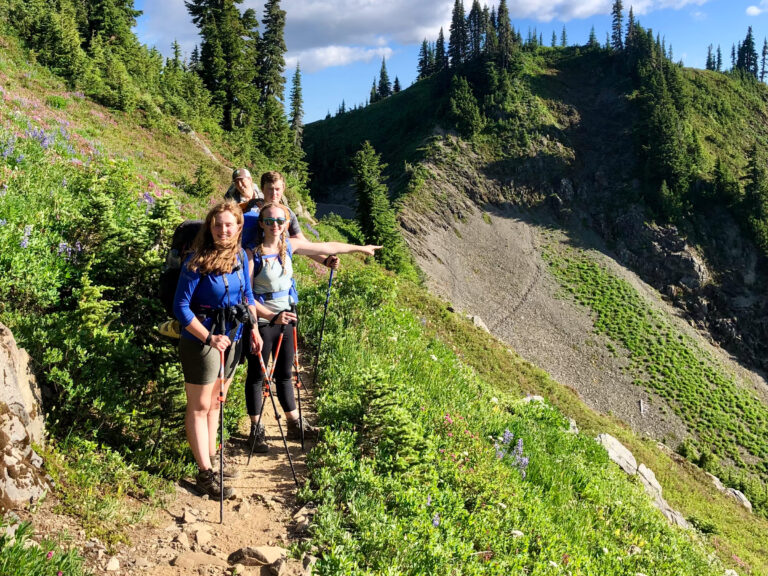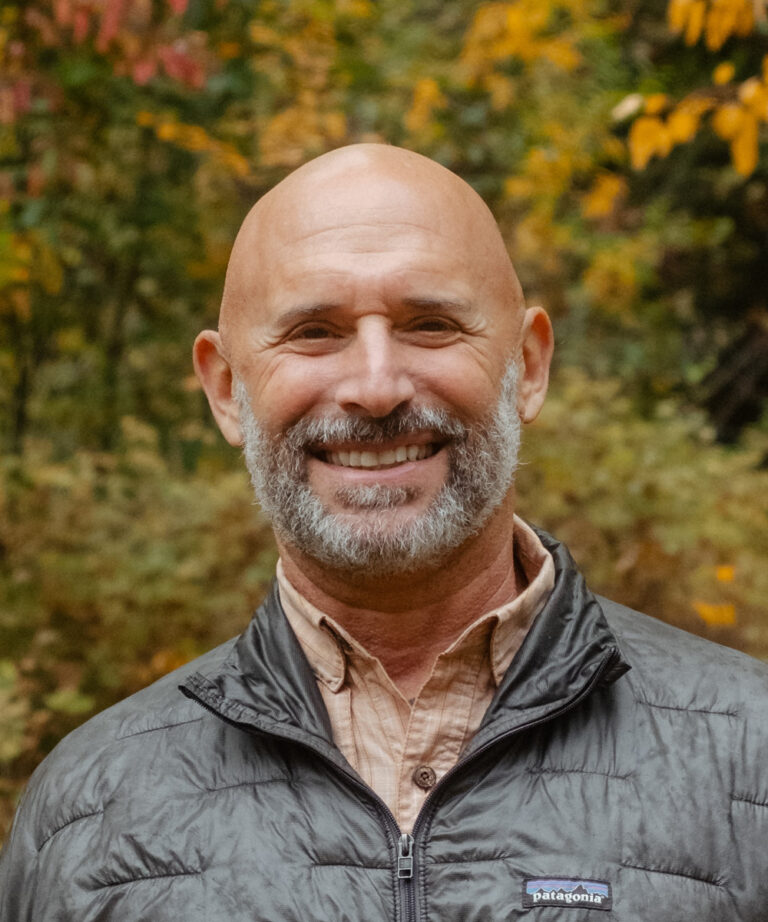Spokane, Wash.
Smoke Ready 2021, held the week of June 14-18, 2021, encouraged residents to prepare early for wildfire smoke with information, tips and resources that are relevant all summer long. The campaign’s sponsors (Spokane Regional Clean Air Agency, Spokane Regional Health District, and Spokane County Emergency Management), posted information and resources on preparing for wildfire smoke online and on social media along with the hashtag #SmokeReady2021.
Unique themes with related tips were highlighted each day. The first topic covered how to protect your health from smoke by monitoring air quality using the Air Quality Index (AQI), a color-coded system to report air quality conditions. Since air quality can change quickly during smoke events, check the AQI often (it is updated hourly) at SpokaneCleanAir.org.
Another easy way to keep tabs on air quality is to download the free AirNow phone app. You can also sign up for texts or email alerts at Airnow.gov.
The health threat posed by wildfire smoke particles was one of several other highlighted topics. These tiny particles can bypass our body’s normal defenses, entering the lungs and blood stream. Smoke can hurt your eyes, irritate your respiratory system, and worsen chronic heart and lung diseases.

The best way to protect yourself is to reduce your exposure to smoke. Because smoke particles are so tiny, they can remain suspended in the air and travel long distances. This is why the Spokane area can experience heavy smoke from fires that are hundreds and even thousands of miles away.
Check air quality and wildfire activity at the Washington State Smoke Blog (Wasmoke.blogspot.com) and learn about ways to protect yourself before the smoke arrives at Spokanecleanair.org/air-quality/wildfire-smoke.
Infants and children, pregnant women, adults 65 and older, and people with heart and lung disease may experience more severe acute and chronic symptoms from smoke exposure and therefore should discuss a plan with their healthcare provider before the smoke arrives, urged the Smoke Ready 2021 Campaign.
Strategies we can all incorporate to protect ourselves include creating a cleaner-air room in your home with a portable HEPA air cleaner. They can help reduce particulate levels indoors as long as they are the right type and size for your home.
For a more low-cost option, try making a box fan filter yourself. This DIY solution costs under $50. While it won’t provide the same level of protection as a HEPA air cleaner, it does effectively reduce smoke particles (search YouTube for how-to videos).
Also if you have an air conditioning unit at home or in your car, switch off the “fresh air intake” when it is smoky outside. Use the “recirculate feature” instead.
If you have a forced air system in your home, talk to your service provider about different filters and settings that will work with your system to reduce indoor smoke. Also avoid activities that create more indoor and outdoor air pollution, such as frying foods, sweeping and vacuuming, and burning candles or recreational outdoor fires.
Other ways to reduce the heat and smoke in your home include closing curtains or shades during the day when it’s sunny. Try using portable fans indoors and place a bowl of ice in front of the fan (with windows closed) to help cool a room.
For more information, visit Spokanecleanair.org.
For more wildfire-related stories, visit the OTO archives.
[Feature photo by Judd McCaffree. // Wildfire smoke above Sullivan Lake in summer 2017.]













